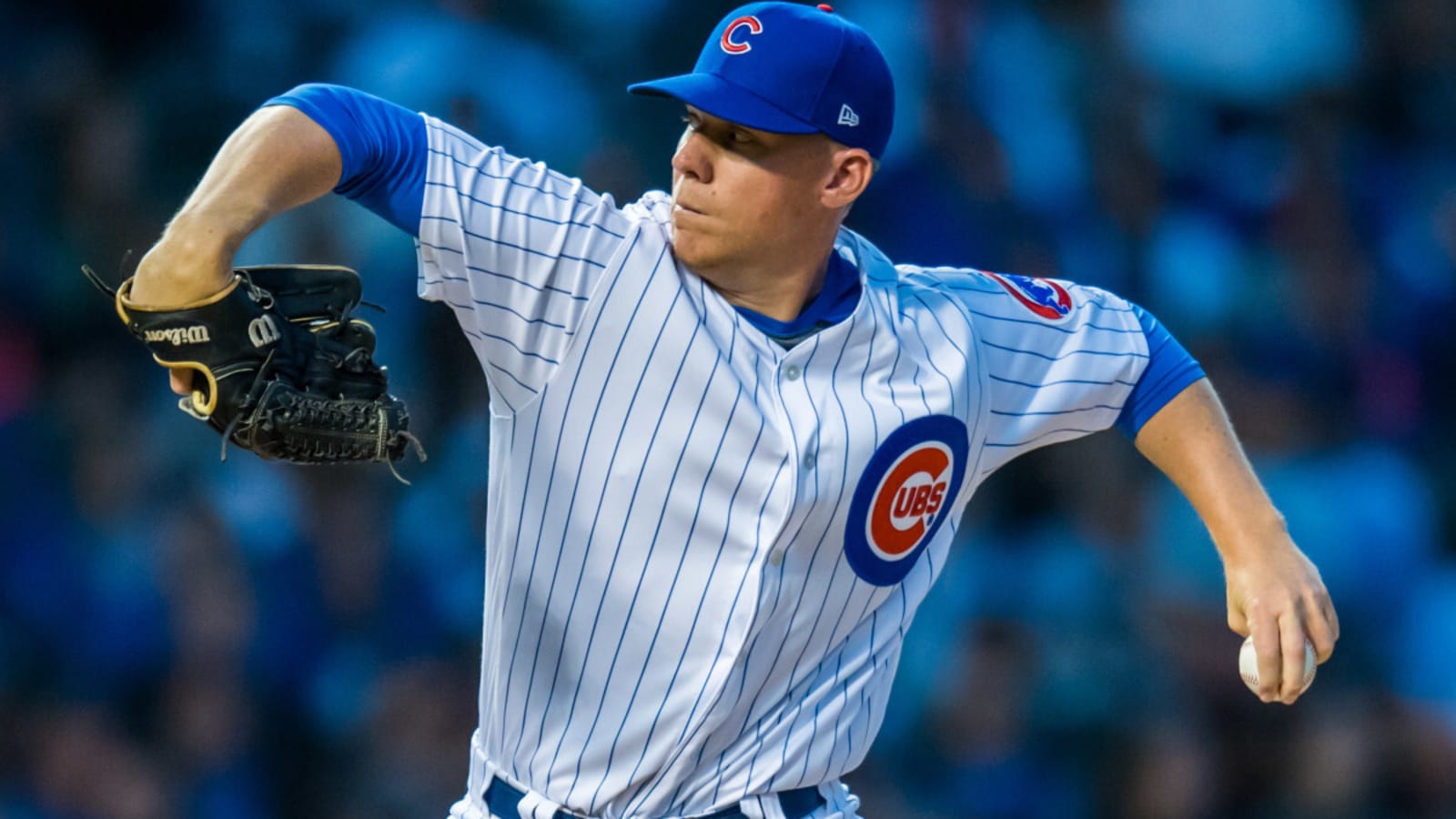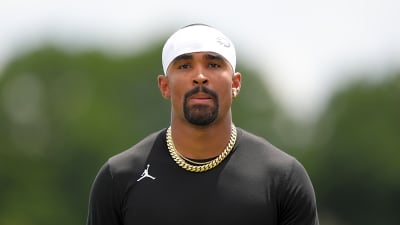
Every team around MLB had until 4 p.m. CT on Monday to tender qualifying offers and reinstate players from the 60-day injured list. As a result, teams are making 40-man roster moves with the addition of 60-day IL players to the roster. Furthermore, the waiver system is in full effect with teams able to add players to their respective 40-man rosters.
For the Chicago Cubs, the roster took another step in the final direction as transactions occurred. For starters, the Cubs claimed left-handed pitcher Rob Zastryzny, a familiar face, from the Milwaukee Brewers and designated right-hander Jimmy Herget for assignment. In addition, righties Colton Brewer, Yency Almonte, and Enoli Paredes and catcher Christian Bethancourt all cleared waivers and elected free agency, leaving the Cubs' 40-man roster at exactly 40.
The Cubs have claimed LHP Rob Zastryzny off waivers from Milwaukee and designated RHP Jimmy Herget for assignment.
— Andy Martínez (@amartinez_11) November 4, 2024
Yency Almonte, Christian Bethancourt, Colten Brewer and Enoli Paredes have cleared waivers and elected free agency.
40-man roster is at 40.
Zastryzny spent time on the Cubs' big-league roster between 2016 and 2018, never seeing more than 10 games in a season. After serving as a long-time minor leaguer, Zastryzny has bounced around. He saw notable action with the Pittsburgh Pirates in 2023 and pitched in nine games with the Brewers in 2024. The lefty was quite good in Milwaukee, so the Cubs snagged another southpaw for their bullpen. Herget didn't see time in the majors with the Cubs in 2024.
Of the other names, Almonte, Paredes, and Bethancourt draw the most attention. Brewer struggled, and most fans probably aren't surprised that he's testing free agency. As for Almonte, the righty showed tons of promise in 2024 but an injury ended his season early. He's certainly a "what if" candidate from this past season.
Additionally, Paredes felt like a strategic add toward the end of the season. Unfortunately, Paredes wanted to test the free agency waters. As for Bethancourt, the catcher slashed .281/.305/.509 in 24 games with the Cubs. Despite the small sample size, Bethancourt was solid catching depth as a mid-season addition to bolster the position.
With all the movement, the Cubs' 40-man roster stands at exactly 40. In the coming days, the 40-man will surely evolve. With Rule 5-eligible players requiring protection and arbitration coming into play, the Cubs will likely have a very different-looking 40-man roster in 2025.
More must-reads:
- Yankees manager Aaron Boone confirms major Aaron Judge news
- Diamondbacks outfielder achieves rare single-season feat
- The 'College football FBS nicknames' quiz
Customize Your Newsletter
 +
+
Get the latest news and rumors, customized to your favorite sports and teams. Emailed daily. Always free!








